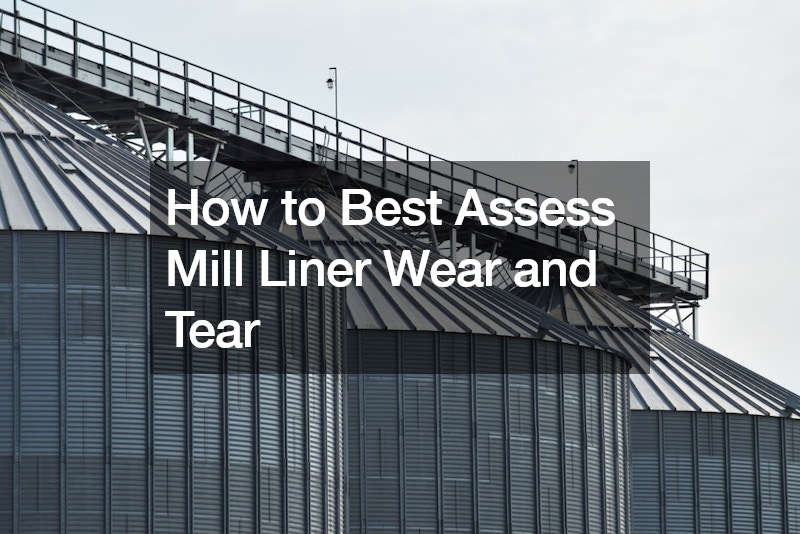
How to Best Assess Mill Liner Wear and Tear

Grinding mill liners play a crucial role in milling operations and help protect the shell of the milling machine. Wear and tear may affect operations by influencing ore throughput, power consumption, and product quality.
The YouTube video discusses 3D scanning for milling operations to identify wear and tear. Read on to learn more.
Conduct regular visual inspections of the mill liner, including looking for erosion, cracks, and noticeable material loss. Visual inspections involve visually scanning the mill’s interior for signs of degradation. Erosion and material loss may affect the liner’s ability to protect the mill’s shell, while cracks weaken the structural integrity of the liner.
Another technique is to monitor the machine’s performance. The mill machine’s throughput (the flow of material through the mill) and power consumption may indicate problems with the liner. Worn-down mill liners create more friction, which leads to increased power consumption.
Conduct regular measurement checks. Operators can use calipers and other precise measuring tools to accurately measure and record the liner’s thickness at various points. The process entails recording measurements and comparing them to the initial thickness specified by the manufacturer.
Regular checks for mill liner wear and tear are crucial for the optimal performance of the mill. Operators can use precise measuring tools and visual inspections to determine if there is wear and tear. Proper inspections lead to successful maintenance and productive machinery.
.

Leave a Reply
You must be logged in to post a comment.